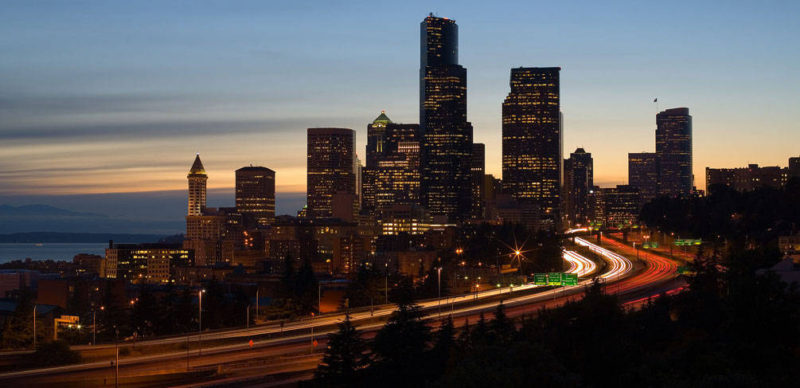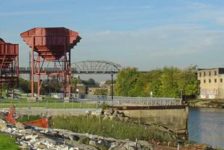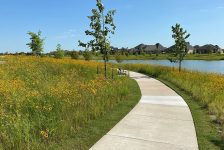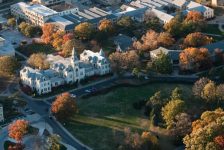Urban Freeway Removal is seen by many as the next logical step following a failed experiment in urban planning. The construction of urban freeways in cities was an untested idea when it was developed around the world in the late 1950s. In the past 50 years, tens of thousands of miles of highways have been built around the globe. However, there is strong evidence that urban highways are a failed experiment! This has led many cities to question the placement of freeways and whether they merit further investment or whether urban freeway removal should be considered. What can be done when a highway no longer makes sense?
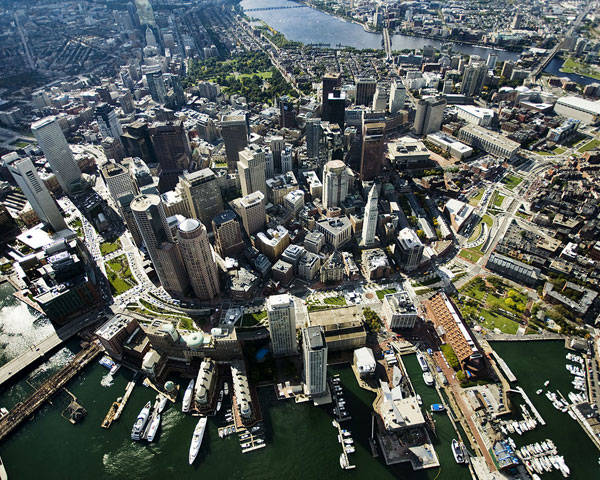
Urban Freeway Removal_After Aerial Photo of Greenway_Rose Fitzgerald Kenedy Greenway by Hellogreenway CC2.0
Urban Freeway Removal: A Brief History
Unintentional Side Effects and the Original Intention of Urban Freeways Governors and supporters typically sought urban freeways as a solution to congestion, but years of real-world case studies and numerous empirical studies have shown us today that new road capacity usually increases traffic in direct proportion to the amount of new road space. Moreover, the adverse impacts of urban freeways on their surroundings — such as displaced communities, decreased road safety, environmental degradation, land-use impacts and threats to residents’ health through air pollution and increased accidents — were not considered while force-fitting limited-access freeways into cities.
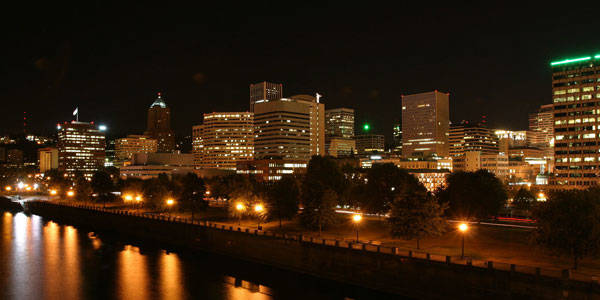
Urban Freeway Removal_TomMcCallWaterfrontParkatnight by Cacophony CC2.0
- The ChonGae Canal Turns an Auto-Centric Zone into a Pedestrian Haven
- 280 Million Euros Invested into Urban Revitalisation Project – Rio Madrid by West8
- Ground Breaking Masterplan Redefines The City of Bogotá
How Urban Freeway Removal Stimulates Liveable Neighborhoods
The initial hype of building freeways was soon followed by a movement of taking down those unpleasant thoroughfares. However, the urban freeway removal itself does not represent the final solution.

Rio Madrid by West 8. © Municipality Madrid
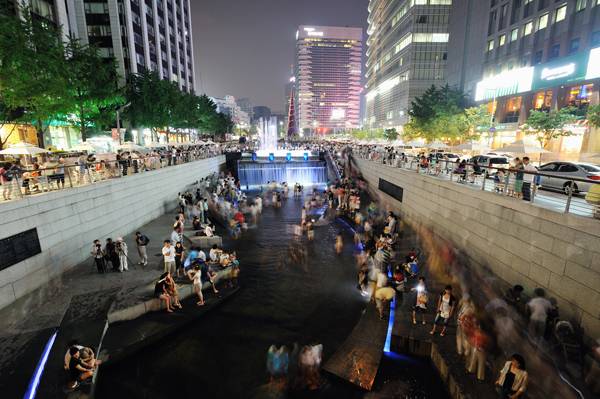
Urban Freeway Removal_The ChonGae Canal. Photo credit Taeoh Kim
- Increased land values,
- a decrease in motor vehicle use; and
- less air and noise pollution in the region.
Furthermore, the redevelopment of the waterfront area has also helped by reducing crime rates, creating safer and more pleasant spaces for pedestrians, and considerably improving the quality of life in downtown Portland.
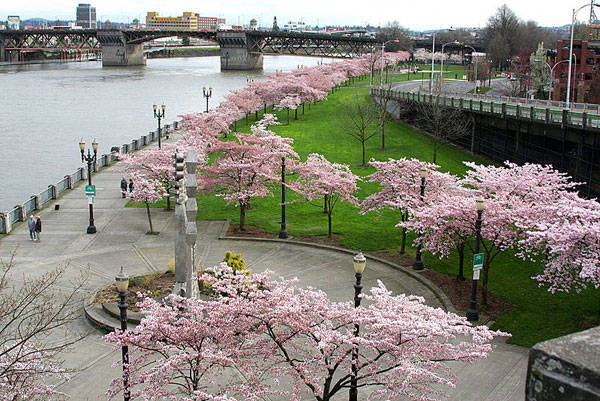
Urban Freeway Removal_Waterfront Park Portland by brx0 CC2.0
- The reduction in traffic accident fatalities,
- the decline of travel times along the corridor,
- the reduction of air pollution; and
- the decrease of aggregated crimes.
Freeways are a tool to move traffic long distances at high speed. Without a doubt, cities often need urban freeways, but if they are misplaced, residents, businesses, property owners, and neighborhoods along the freeway suffer. Health and quality of life can be important factors for cities in deciding whether or not a new freeway should be built and whether already existing freeways need to be torn down.
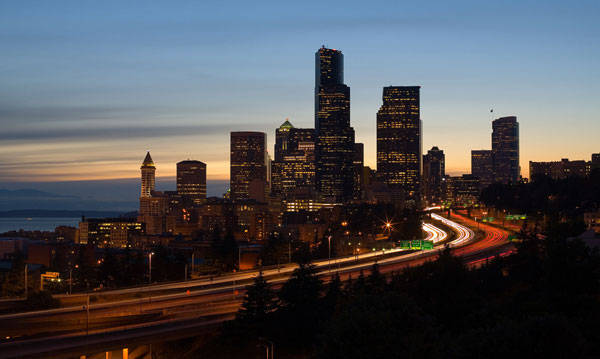
Urban Freeway Removal_SeattleI5Skyline by Cacophony CC2.0
- Urban Design by Alex Krieger
- The Urban Design Handbook: Techniques and Working Methods (Second Edition) by Urban Design Associates
Article by Sophie Thiel Return to Homepage
Published in Blog

